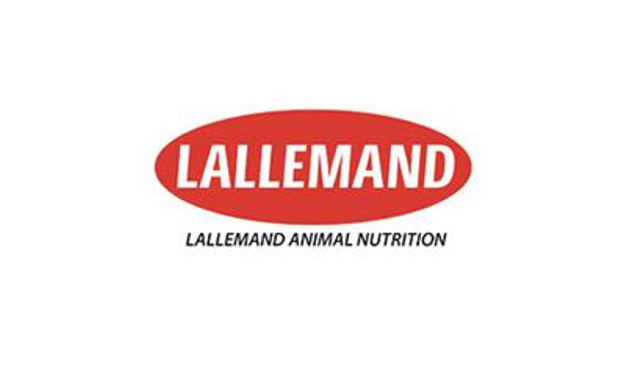



True or False: All silage inoculants are the same.
How to choose forage inoculants to preserve the quality of your silage.As the silage season approaches, now is a good time to consider ordering forage inoculants to help you preserve the quality of your future silage. But which one to choose? Aren’t they all the same? Not quite. Each has its strengths. Let’s dig into the silage trenches and explore the nuances.
There are two main types of bacteria used in inoculant formulations, and they are used depending on the desired outcome:
- Homofermentative lactic acid bacteria (LAB), which convert soluble sugars from the forage into lactic acid. These bacteria are used to speed up the initial fermentation, helping to quickly reach a low pH. Examples include Lactiplantibacillus plantarum or Pediococcus acidilactici, Enterococcus faecium and Lactobacillus salivarius.
- Heterofermentative bacteria produce acids with strong antifungal properties, such as acetic acid and propionic acid. They can improve silage aerobic stability and help reduce the risks of aerobic spoilage after opening. Examples include the strains Lentilactobacillus buchneri and Propionibacterium acidipropionici. Notably, the strain Lentilactobacillus hilgardii CNCM I-4785, when combined with NCIMB 40788 Lentilactobacillus buchneri, provides flexibility for opening silage from 15 days onwards, improving aerobic stability quickly and reducing heating and dry matter (DM) losses.
A forage inoculant product may contain one or more strains of homofermentative, heterofermentative, or a combination of microorganisms.
Besides the bacteria type, there are also other aspects that differentiate forage inoculants on the market. Before choosing a forage inoculant, keep the following criteria in mind.
- Overall objectives: The formula must be selected to the operation’s specific objectives, including the type of crop and DM at harvest — among others. Looking at the MAGNIVA Forage Inoculant range, you will see that it is designed to meet the challenges of a range of forage types. The formula is adapted depending on the type of crop, the DM at harvest, the forage sugar content and the protein and mineral content of the forage — among other factors. In addition, it may also be combined with enzymes, which can help improve fiber digestibility and fuel the forage inoculant bacteria.
- Product approval: The product must be approved in the country of use.
- Data to support claims: The manufacturer should provide data for the specific product in the target crop. Ideally, the research should be conducted at independent research facilities to verify the claims. Any trials should validate the inoculant used at the application rate on the product label. The MAGNIVA range is backed by numerous independent studies which verify the range ability to preserve many types of forage quickly, lower undesirable bacteria such as clostridia, moulds, yeast and reduce heating after opening.
- Strain specificity: Each strain has its own genetic identity and commercial strains are registered with unique strain numbers, for example Lentilactobacillus buchneri NCIMB 40788. Strains from one company to the next cannot be expected to perform in the same way.
- Production quality: Forage inoculants should be produced and packaged under accredited manufacturing conditions.
- Shelf life and storage conditions: Store the inoculant according to indications on the product packaging to preserve the product’s integrity.
- Product technology: Some products have more advanced technologies and can provide additional benefits, such as early opening or ease of use. Also, it is important that the product dissolves well and that bacteria stays viable once mixed with water. Advanced technologies — like Lallemand Stable Suspension, which is present in MAGNIVA Forage Inoculants — prevent bacteria sedimentation in the applicator throughout the harvesting process. This ensures a consistent and even application of the inoculant across the crop, ultimately leading to better quality silage.
- Technical support: Look for manufacturers that provide product support should any challenges occur.
Are all silage inoculants the same? No, and choosing the right inoculant is crucial for successful silage making. Don’t leave it to chance!




